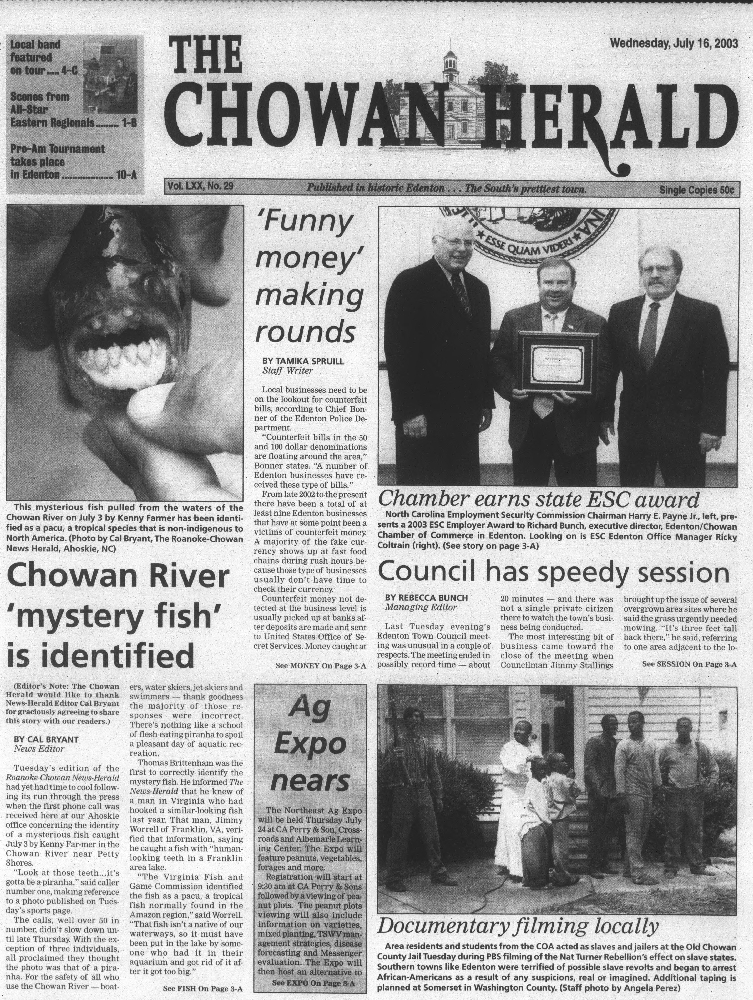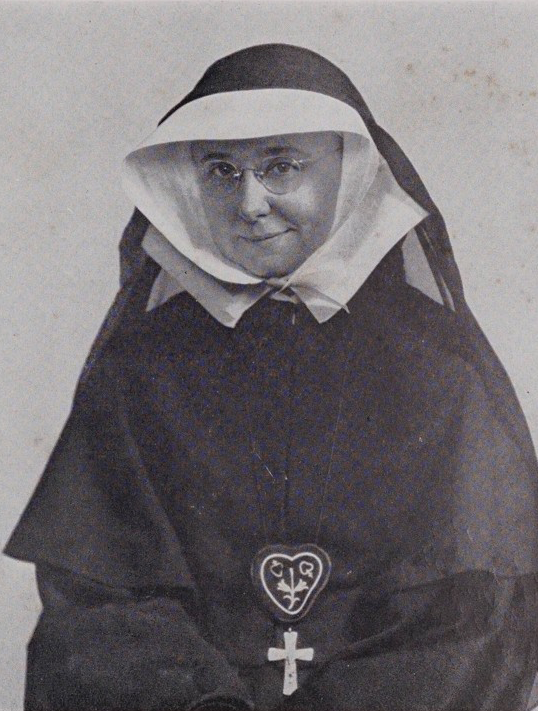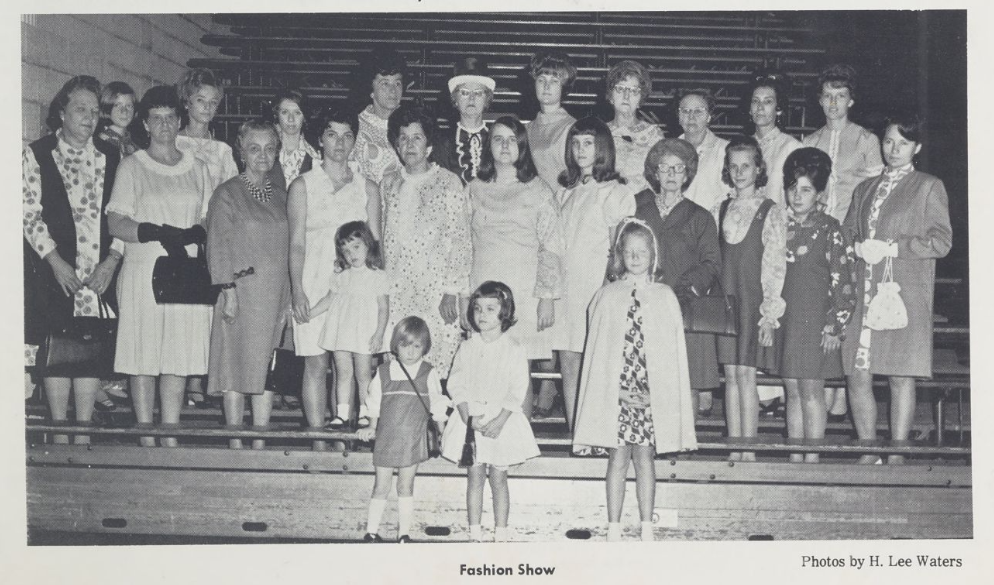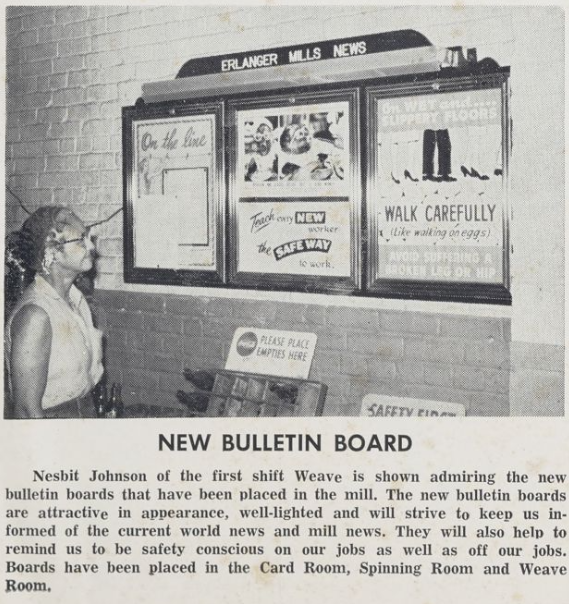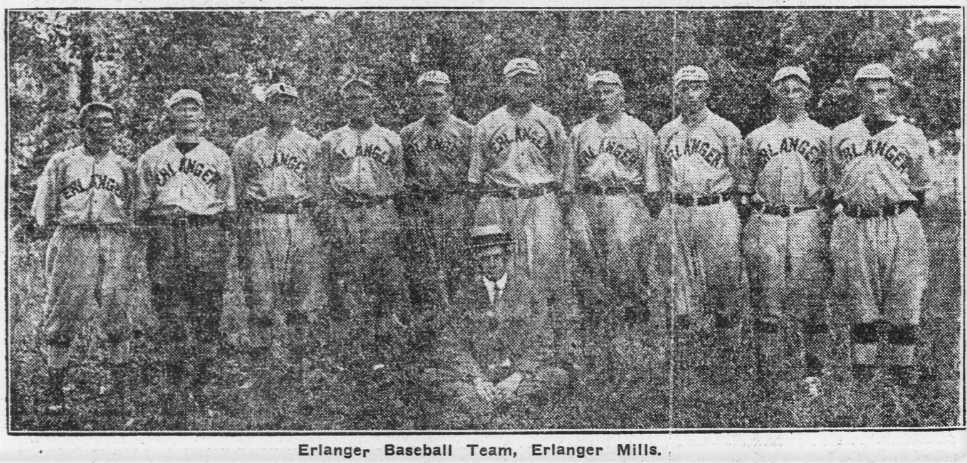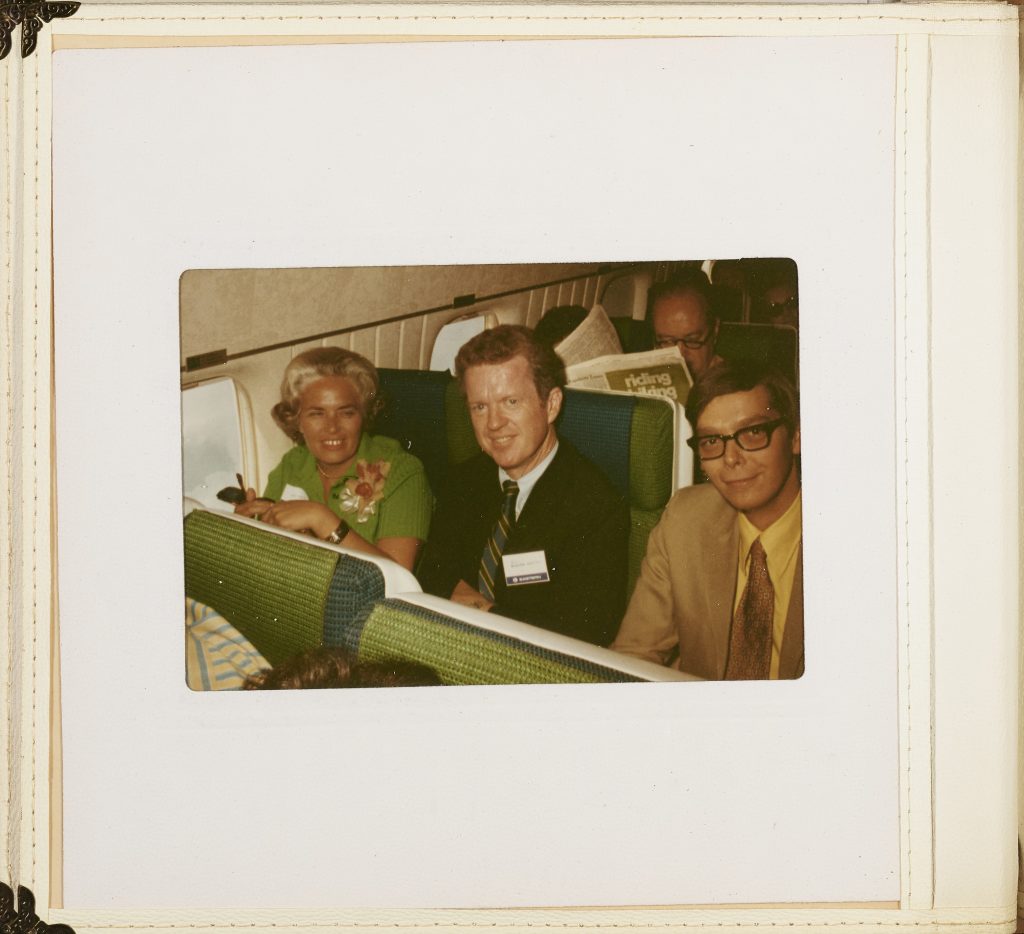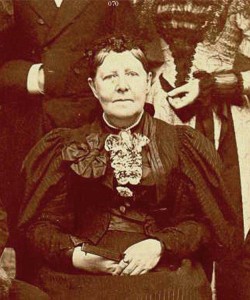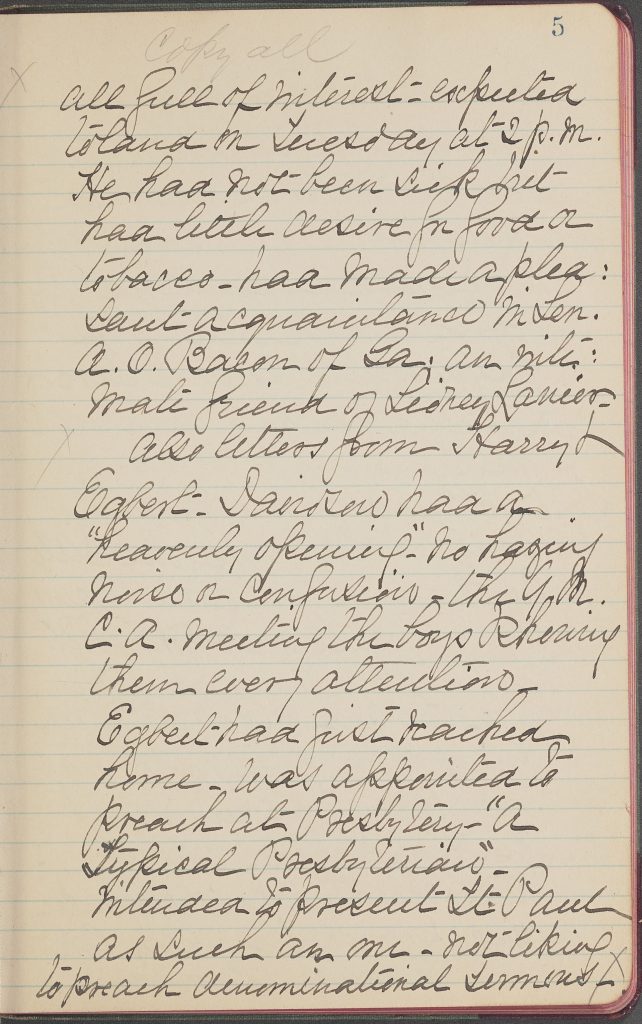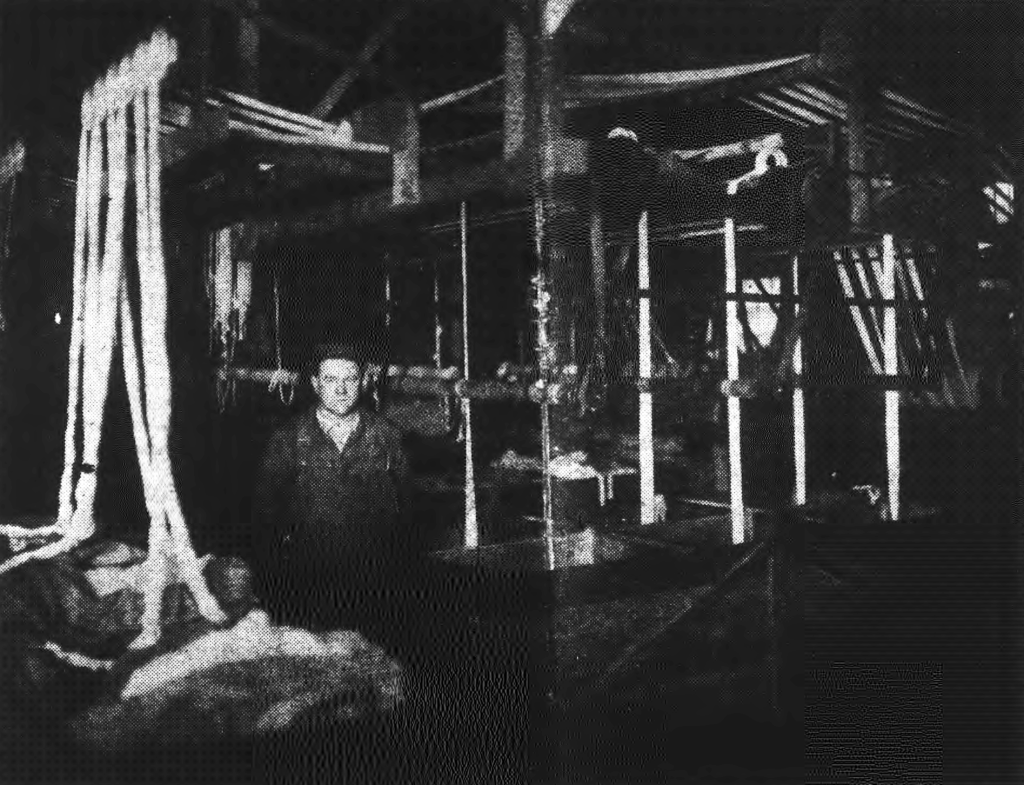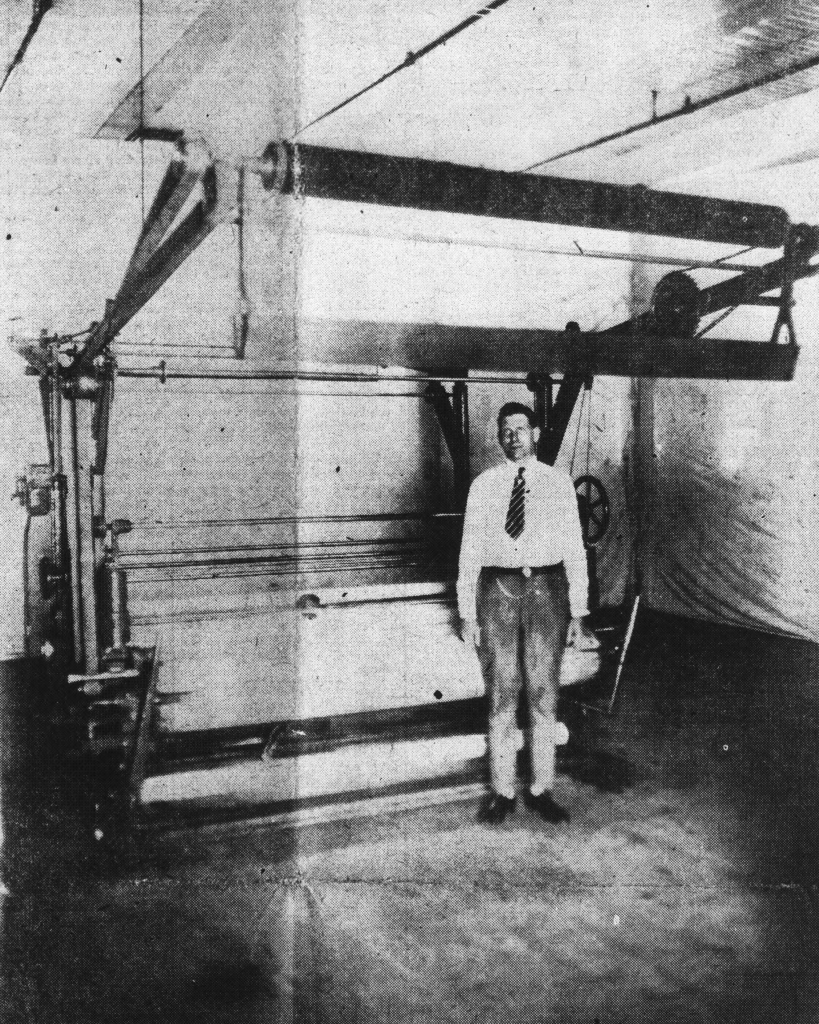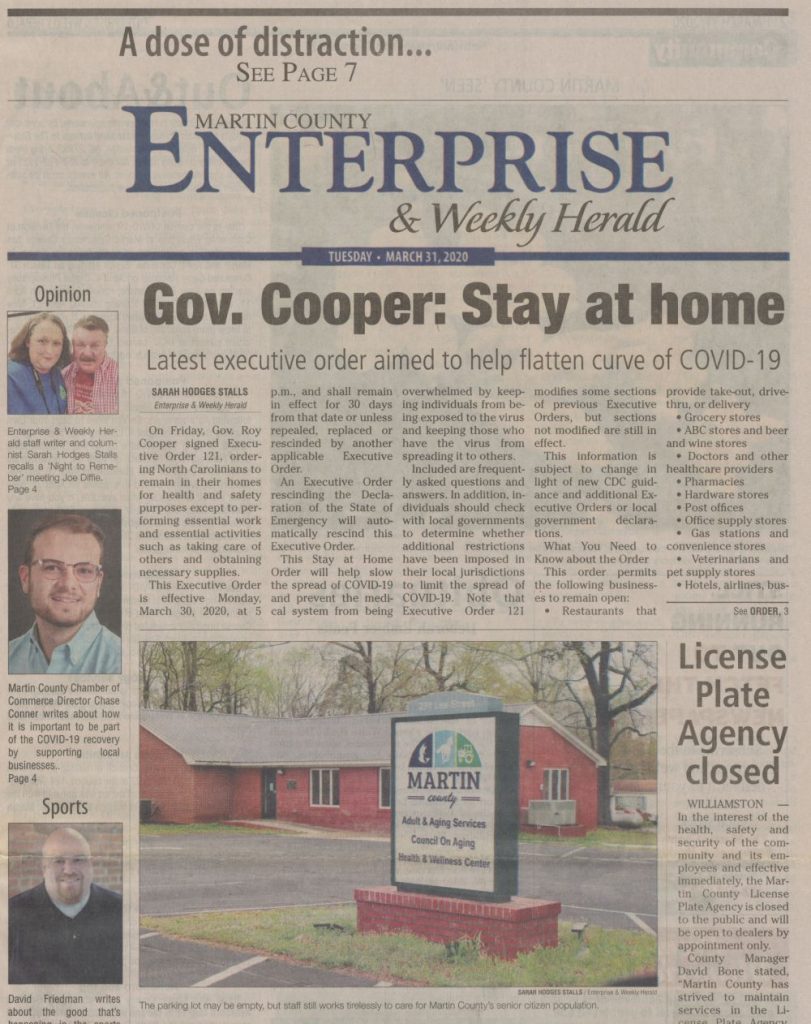Shepard-Pruden Memorial Library in Edenton has funded digitization of an additional 12 years of the Chowan Herald. This new content means that you can now search the entire run from the first issue in 1934 through December 2014.
The new issues cover 2003-2014. The Herald is published in Edenton, one of North Carolina’s oldest historic cities. There are articles that describe moving the 1886 Roanoke River Lighthouse and the renovation and re-opening of the historic Chowan County Courthouse which was originally built in 1767. There’s also an article declaring a home on East Queen Street to be the oldest in the state after dating the wood timbers to 1718.
This area in particular felt the push and pull of development opportunities during this time. The paper covers pushback by residents as retailers like Wal-mart and Lowe’s scope out sites for stores. Many issues cover the potential development of an outlying landing field or OLF by the Navy, which drew criticism for its potential impact on the Pocosin Lake Wildlife Refuge. In the end the Navy withdrew plans for an OLF in North Carolina.
You can search and browse the entire run of The Chowan Herald on its landing page. Other materials related to Chowan County that are available on our site, including newspapers, city directories, and more, can be searched and browsed on the county landing page.
